Last updated on 2025-11-11
A report on a visit to Fukui Prefecture to see the large-scale solo exhibition “Asai Yusuke: Children of Stardust” held at the Kanazu Sosaku no Mori Museum of Art.
- Please see the disclaimer regarding advertising here.
- Italicized links in the text are advertisement links that take you to other sites.
A report on the exhibition “Asai Yusuke: Children of Stardust” currently being held at the Kanazu Sosaku no Mori Museum of Art.
This article contains information current as of May 23, 2024.
Depending on where you live, it can be difficult to get to the Kanazu Sosaku no Mori Museum, so we have included this information in the hopes that you will be able to enjoy the exhibitions without missing out on anything.
According to Asai-san’s X, there are other works scattered around the venue that are not listed on the official map, so be sure to look for them.
The real thing is even more amazing than the photos shown here, so if you have the opportunity, I hope you will go and see it. I hope this information will be of some help to you when you do.
Table of contents
- Report
- Related links
- Note
- Advertisement
Report
Kanazu Sosaku no Mori Museum, Yusuke Asai Exhibition, Stardust Children
Exhibition Overview (Link to official page)
- Art is “Shining” Asai Yusuke Exhibition Commemorating the Opening of the Hokuriku Shinkansen in Fukui Children of Stardust
- Saturday, April 27, 2024 – Sunday, August 25, 2024
- Time 10:00-17:00 (last entrance 16:30)
- Venue Kanazu Sosaku no Mori Art Museum Art Core, Outdoor Museum
- Closed on Mondays (open on public holidays, closed the following weekday) *Open on Tuesday, August 13
- Admission fee 600 yen (400 yen) for adults, 300 yen for people aged 65 and over and people with disabilities,
- Free for high school students and younger and caregivers of people with disabilities (one person per person with a disability)
Exhibition in the building (Art Core)
“Yusuke Asai Exhibition: Children of Stardust” features works on display both inside the museum (Art Core) and outside (Outdoor Museum).
Inside the museum, 36 large frames and two video works are on display.
I say large frames because, for example, the ceramic works in Hall B are labeled as a group “Children of Stardust,” but in reality, there are 142 ceramic works on display. There is also a group of paintings that have the same title but are made up of multiple pieces. Many works are also on display in Asai’s studio.
Of the video works, work number 38 “Between Tape and Piano” will be screened on June 9th, 10th, 29th, and 30th at Museum-2 on the first floor. Another video work, work number 35 “Chupki,” can be viewed on a loop on a display at all times.
Both works have also been uploaded to YouTube, so I have provided links to the titles of the works above.
The exhibition begins at venue C, and continues to venues B, D, and A. On the day of our visit, Asai was at the venue for a public workshop, and he patiently explained to visitors how he creates his works.
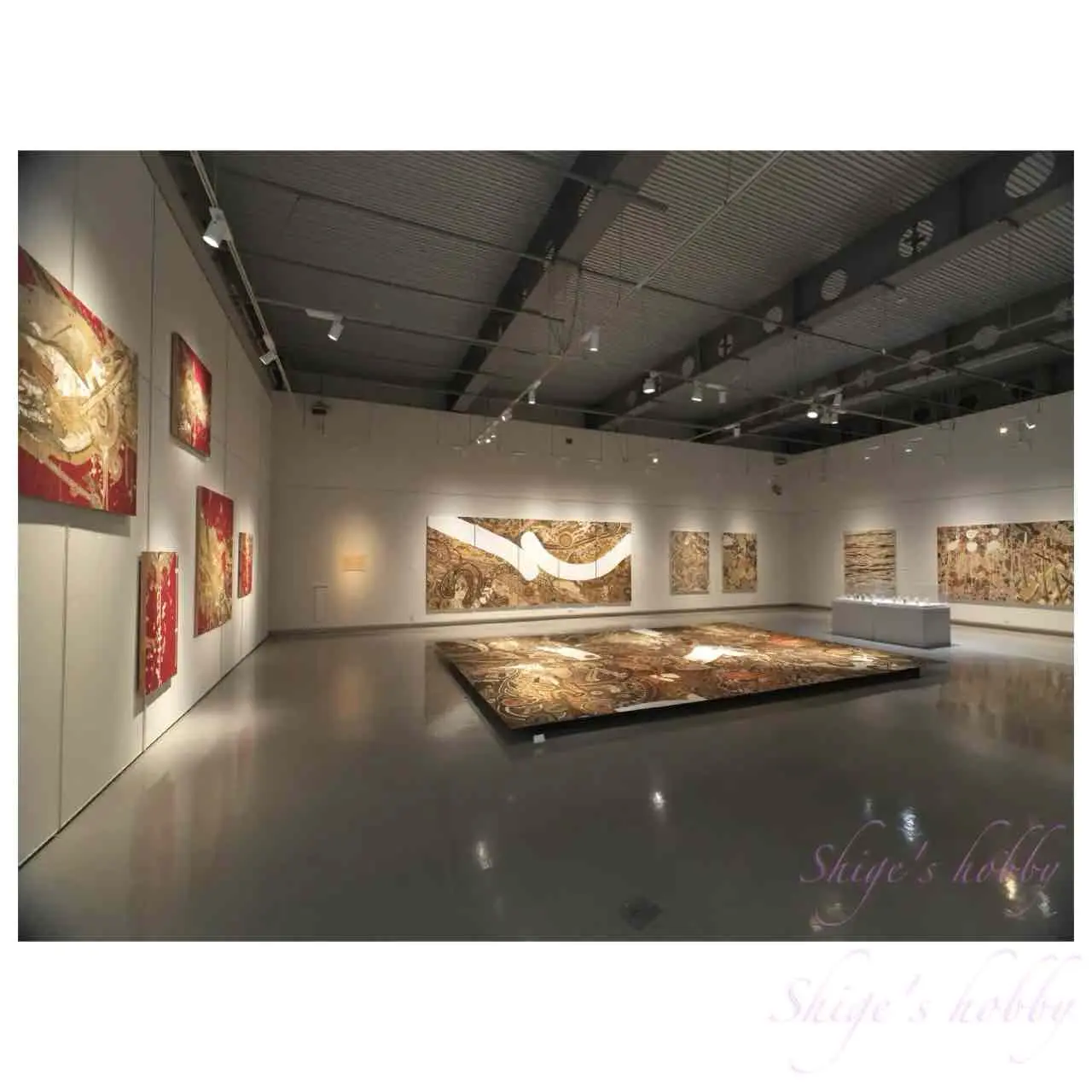
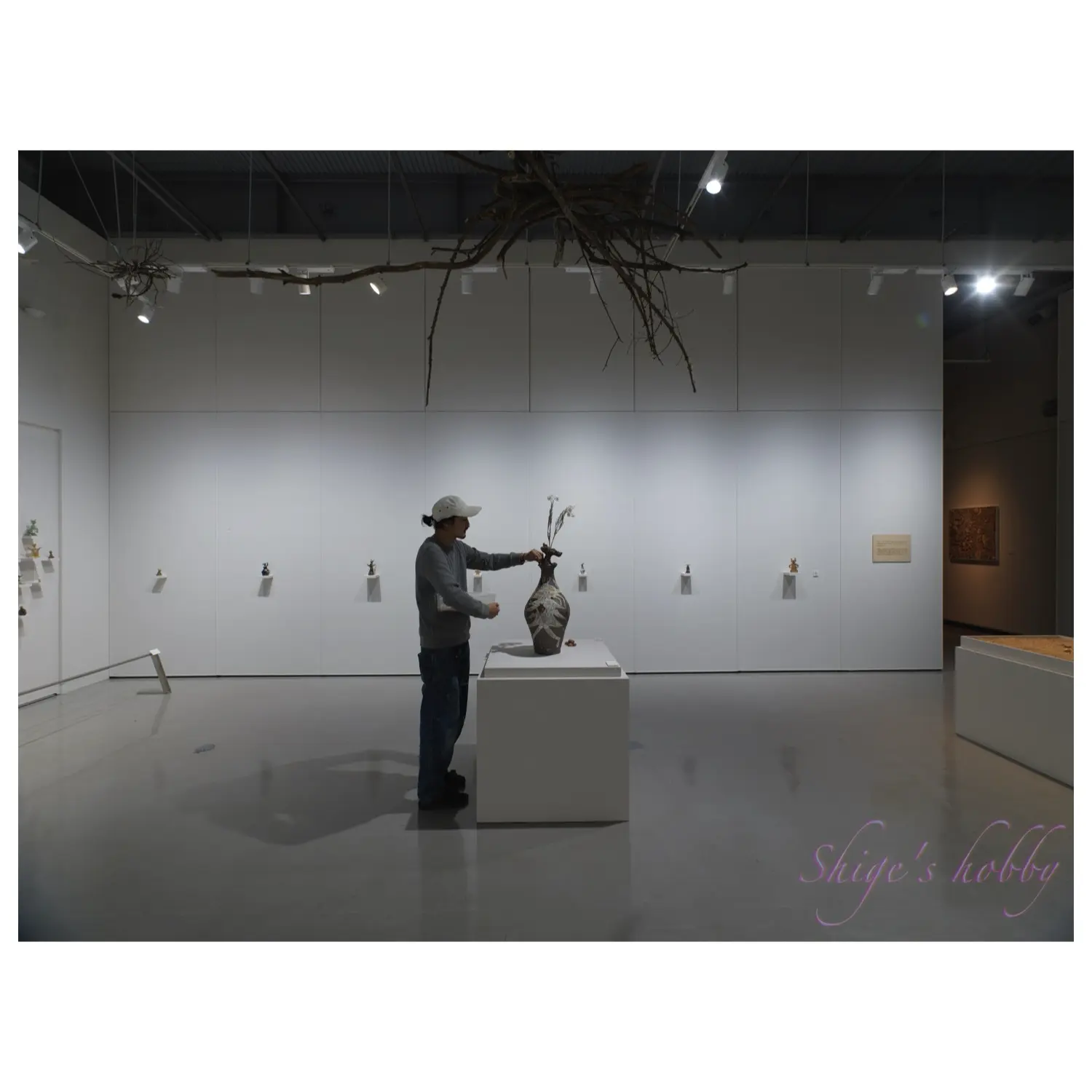
Among the ceramic works in Room B, there is one that is shaped like a flute, so it might be a good idea to look for it, take a picture of it, and if you get the chance, ask Asai if it’s the right one.
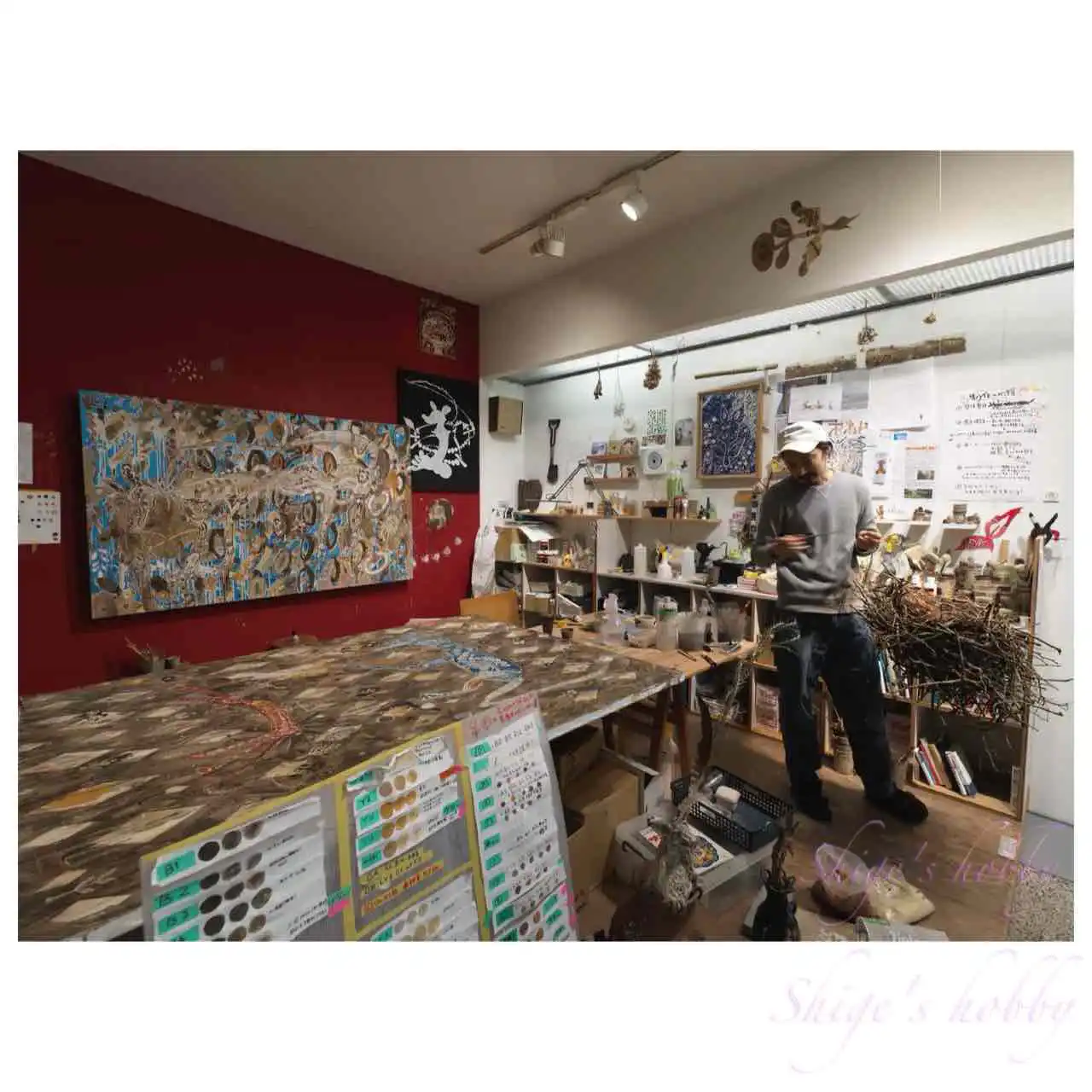
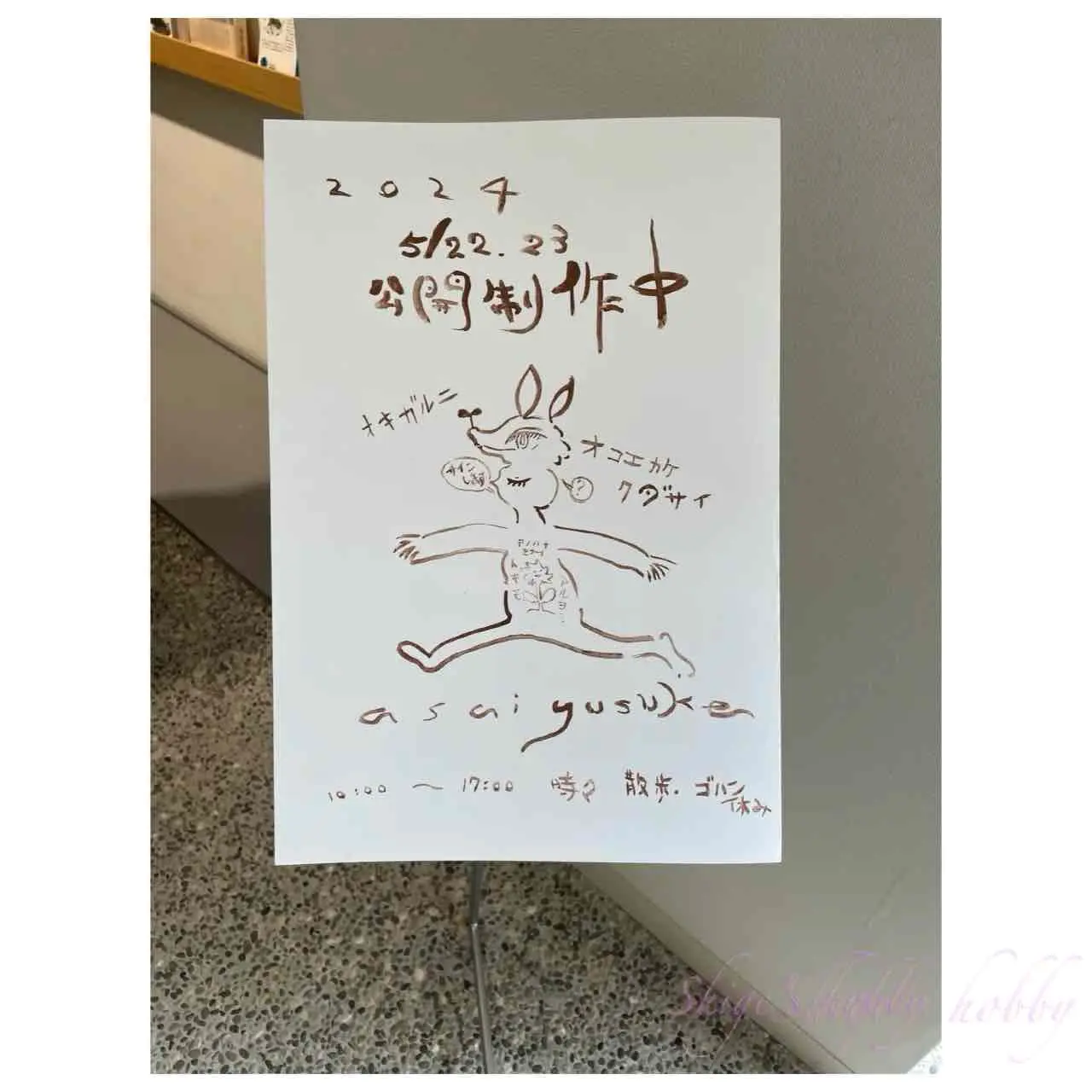
The highlight is Hall A, where you can view Scattered Stars without shoes and feel the texture of the work directly if you stand on it barefoot. On the day we visited, a group of middle school students were there, and about 20 of them were walking on the work at once. There seems to be a limit to the number of people allowed on the platform to view the work from above, so please share the space.
Closest to the Sun, located opposite Scattered Stars, gave me a sense of something unfathomable, like peering into the abyss, wondering how many layers of color it would take to reach this depth. I could easily spend an hour in this room alone.
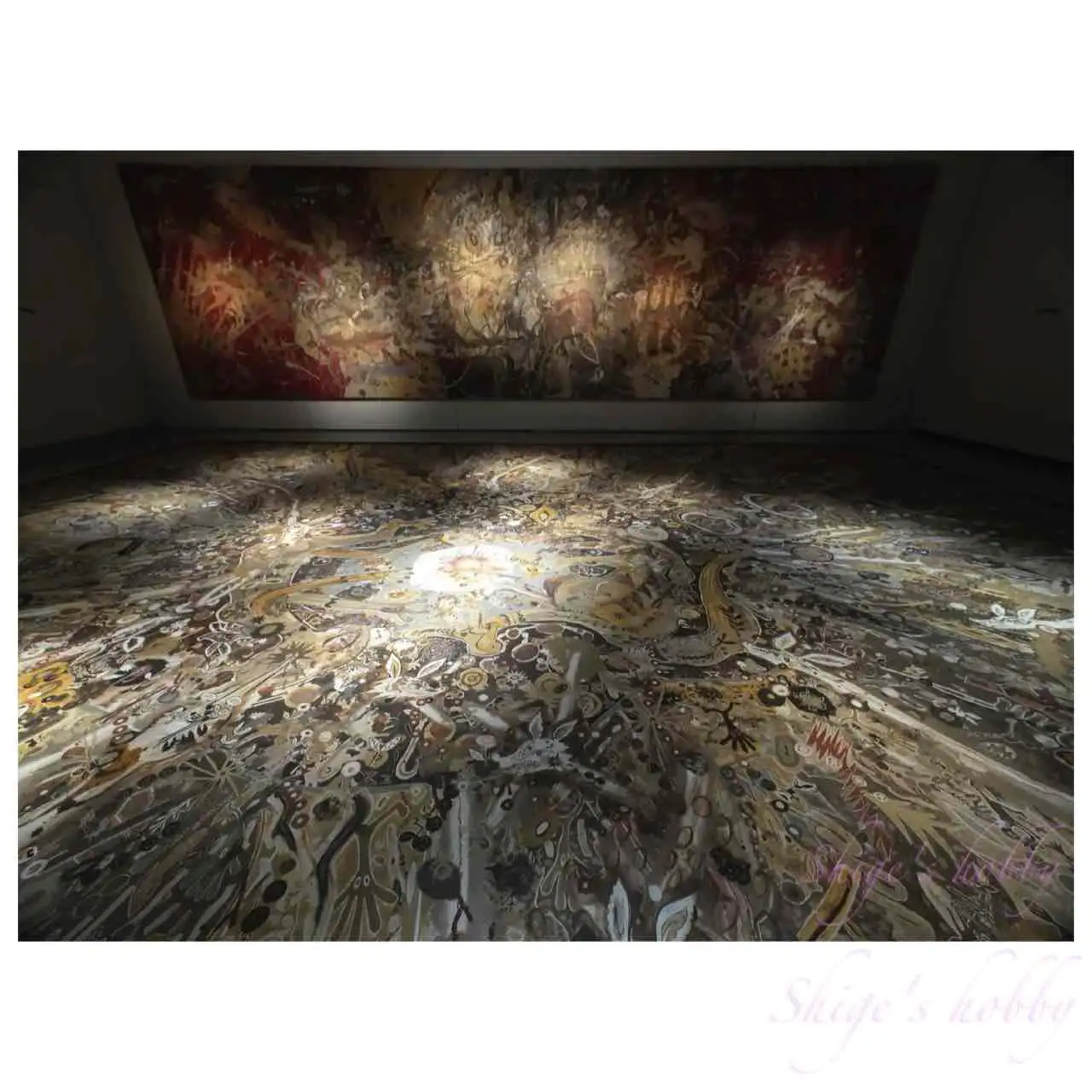
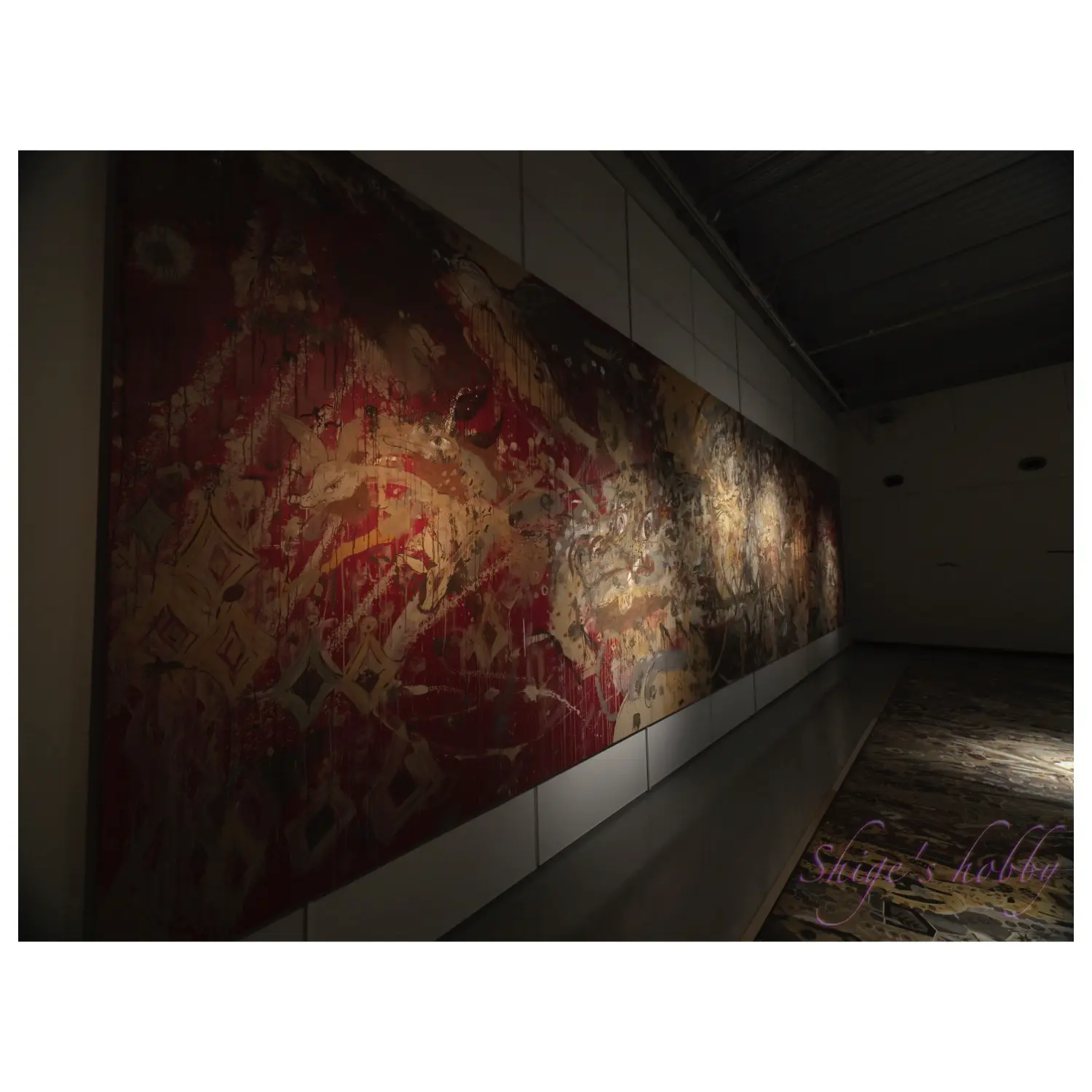
External exhibition (outdoor museum)
We searched for the artworks by following the map we received at the ticket booth, but it was quite difficult. On May 23rd, the heat was already like midsummer outside, and with the help of veterans in the museum, we were able to view all the artworks without any problems.
After this, when the leaves on the trees grow thicker, it may become even more difficult to view the artworks.
On the map we received at the ticket booth on May 23rd, the captions for artworks numbered 41 “Pesola” and 42 “Fingers of the Forest 2” seem to be reversed.
Number 45, Forest Kitchen F “Daily Dishes,” will be used in the collaboration menu and dessert. There are also artworks on the pillars in the kitchen, so try to find them.
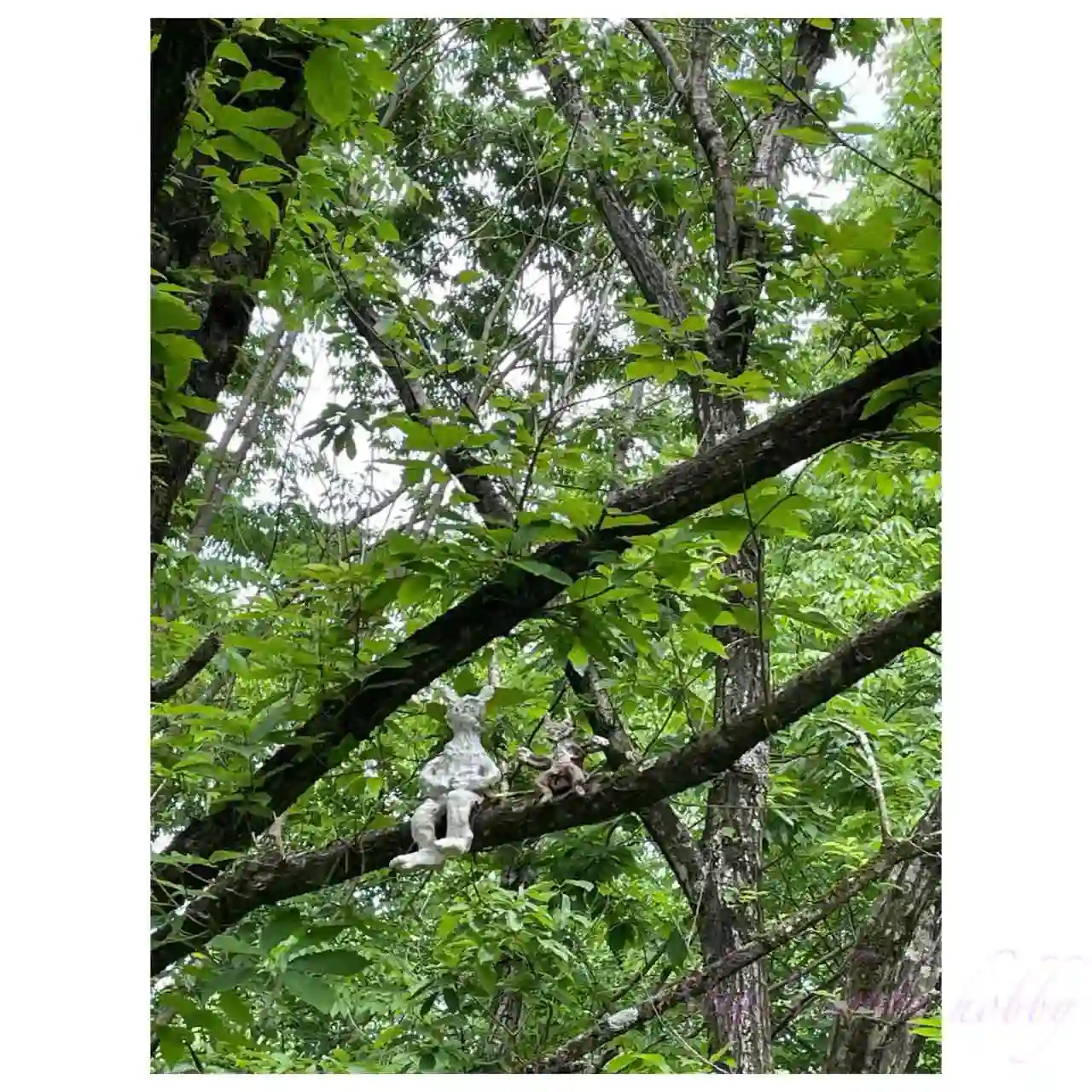
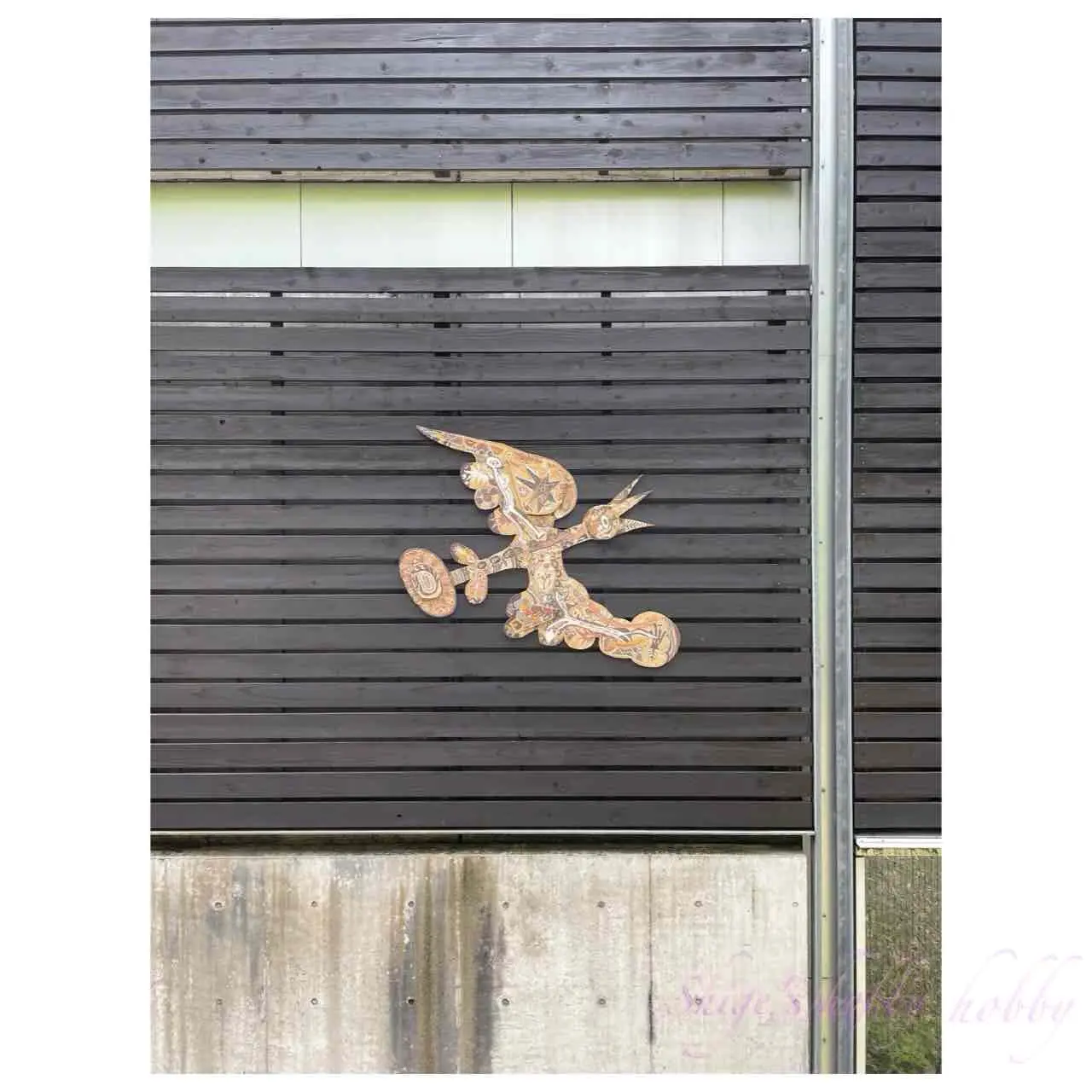
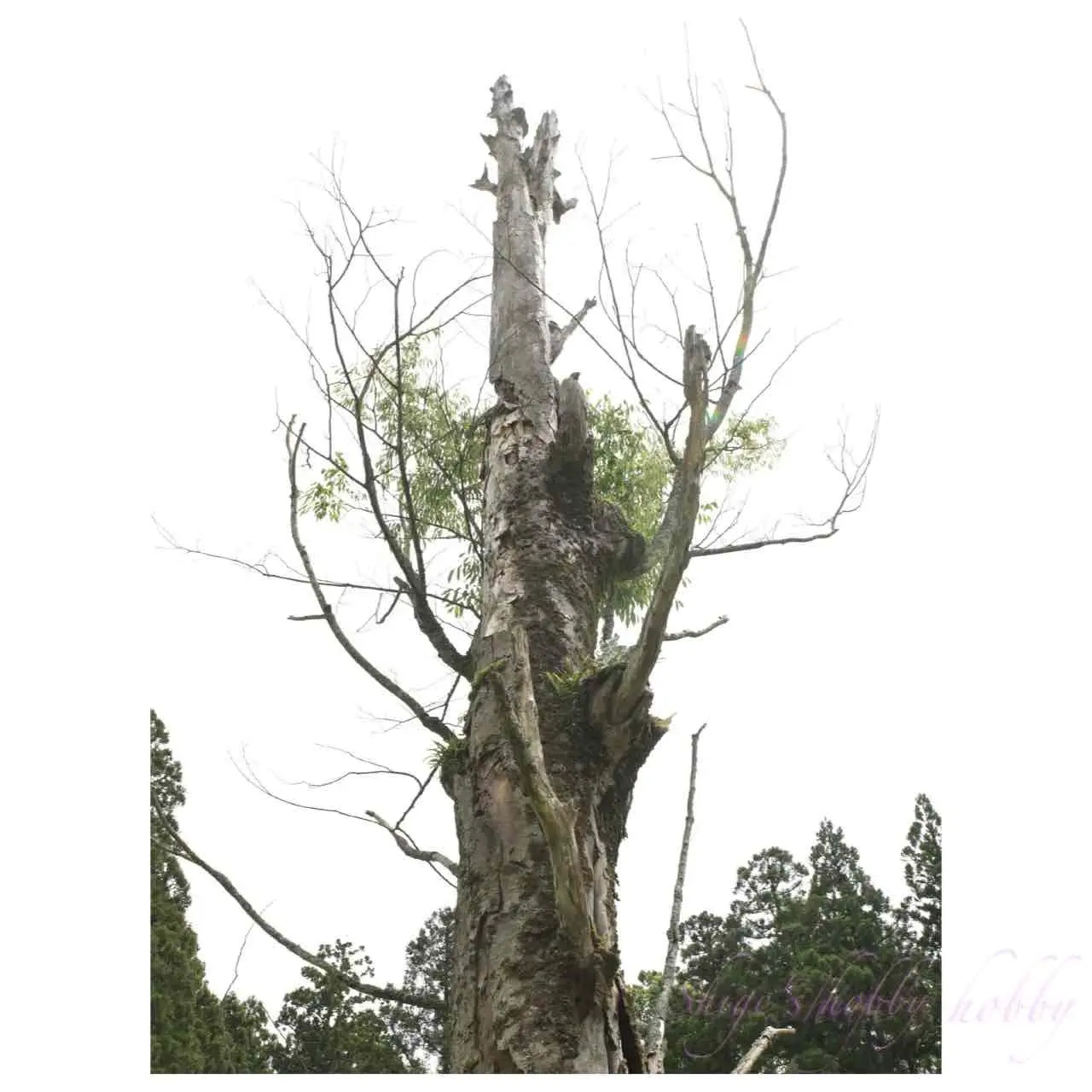
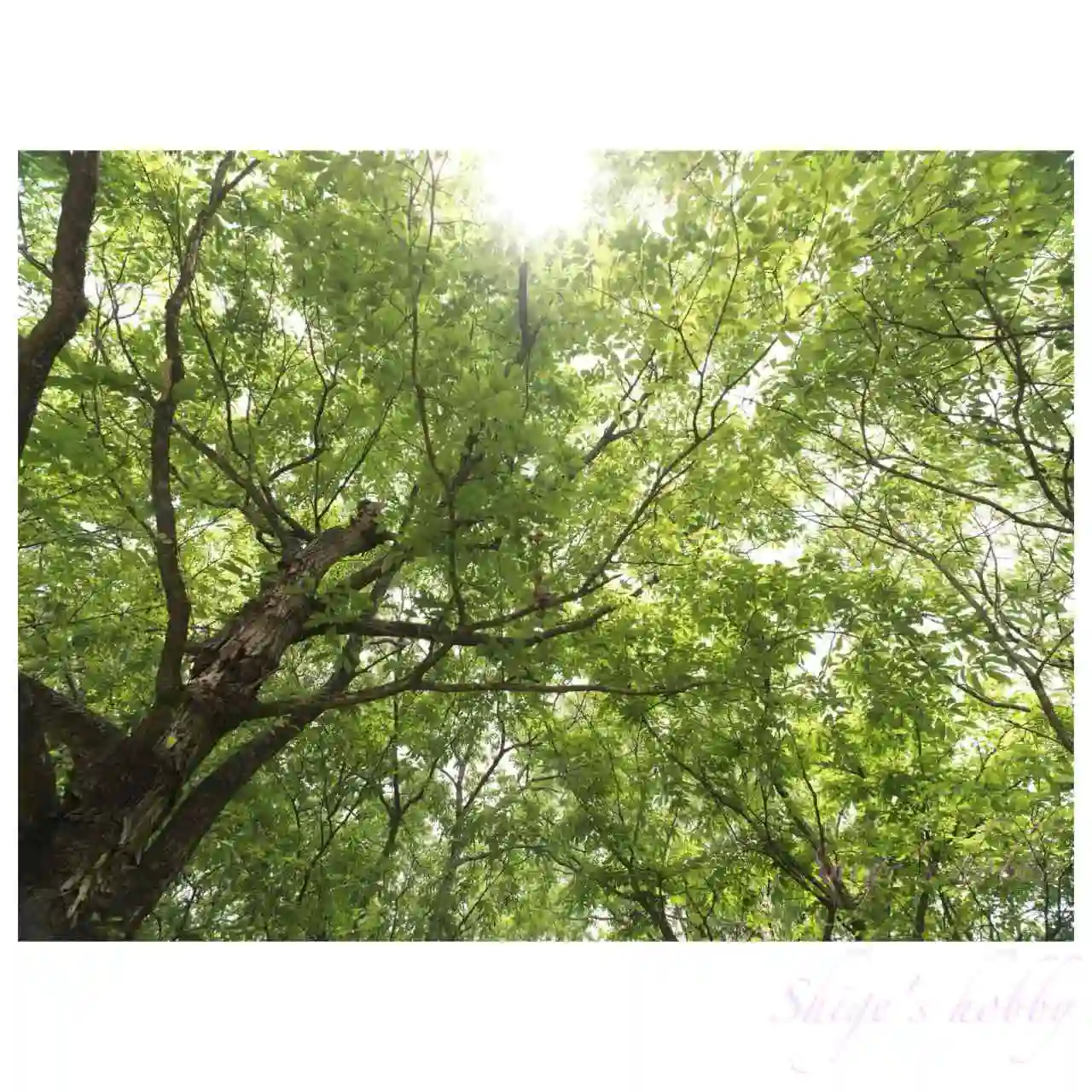
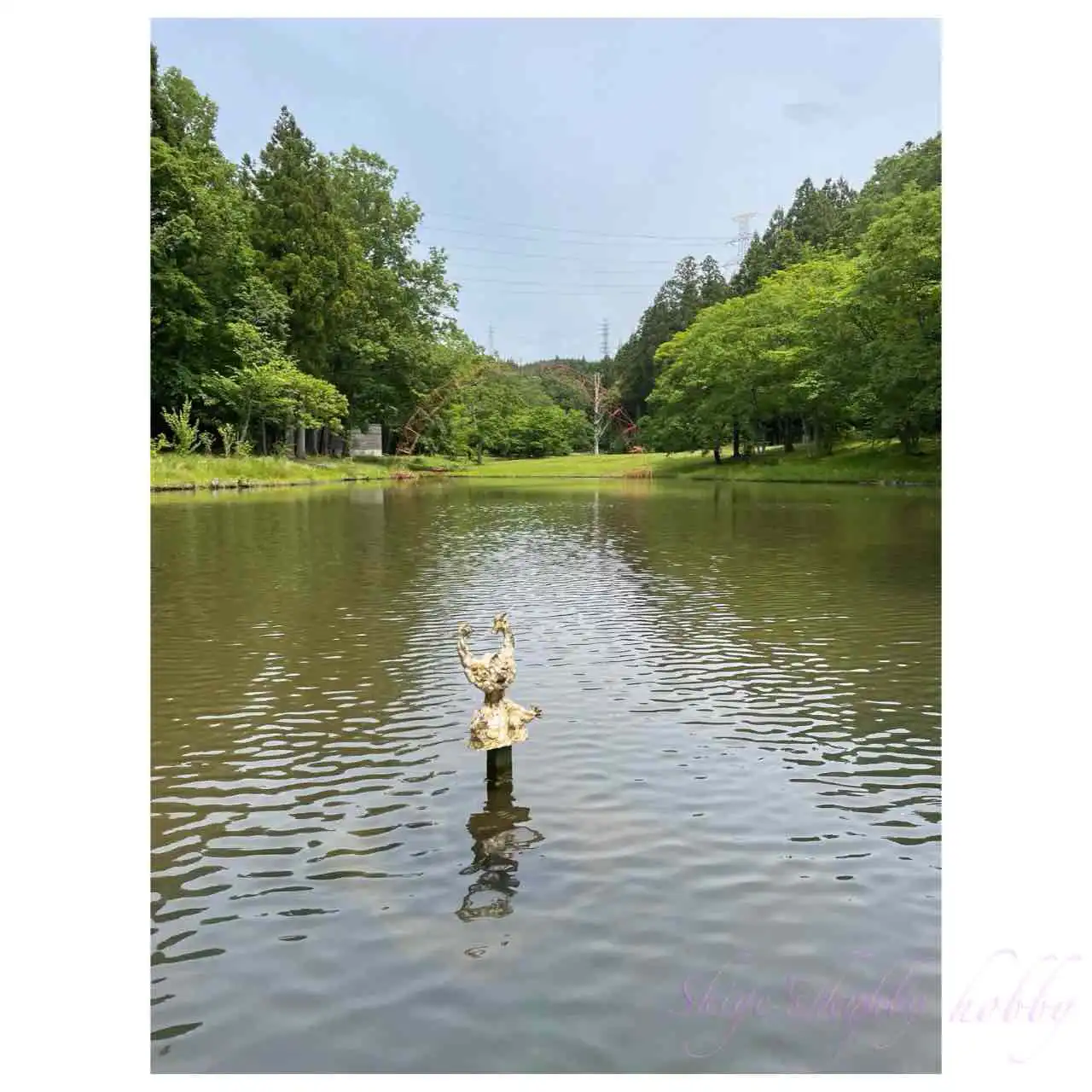
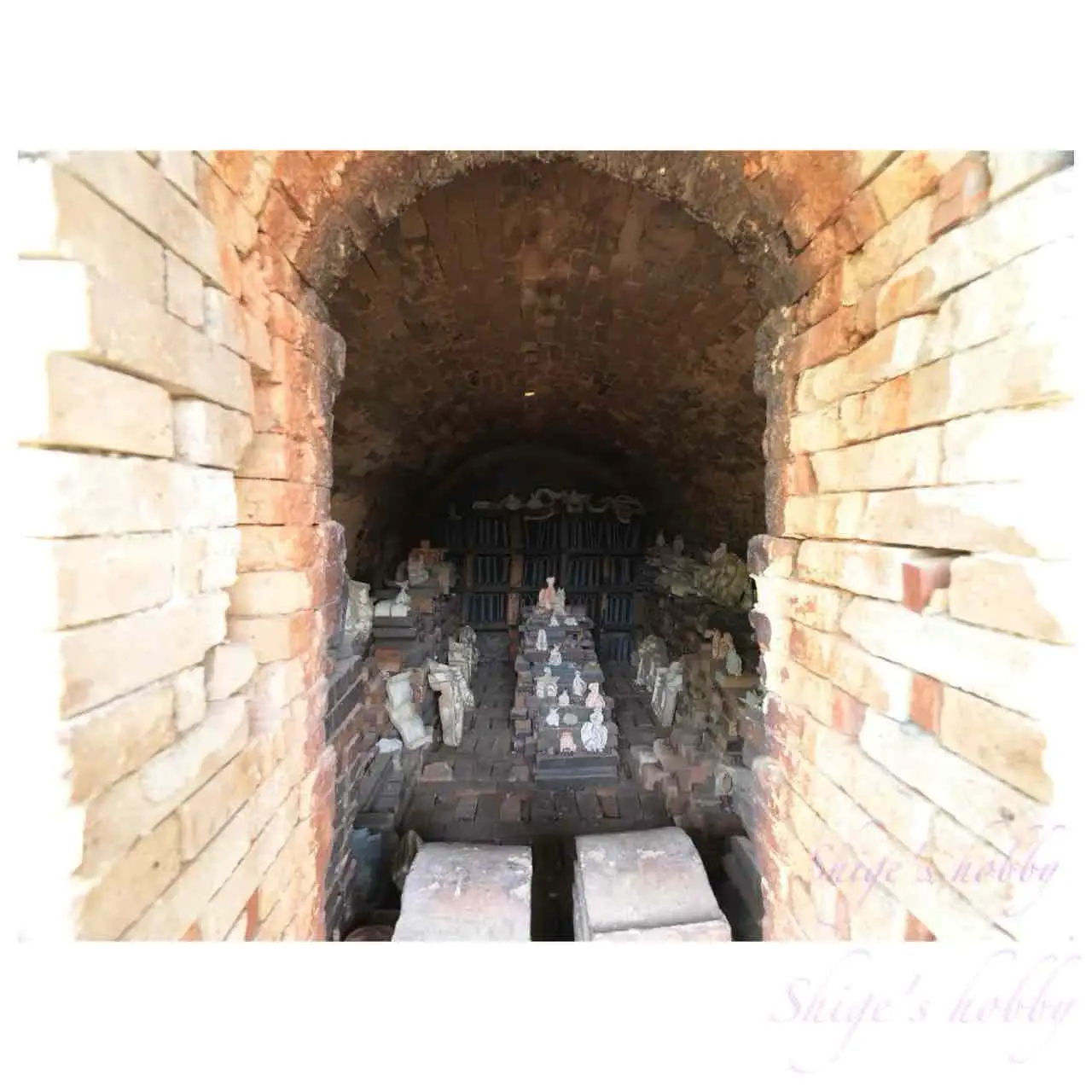
Museum Shop Forest Kitchen F
The chicken curry was very filling and filling, and you can add a drink to your meal for 100 yen.
I didn’t order the collaboration menu or dessert, so I don’t have any photos of the plates designed by Asai. What a shame.
There are also some of his artwork hidden in the pillars of the restaurant, so be sure to look for them.
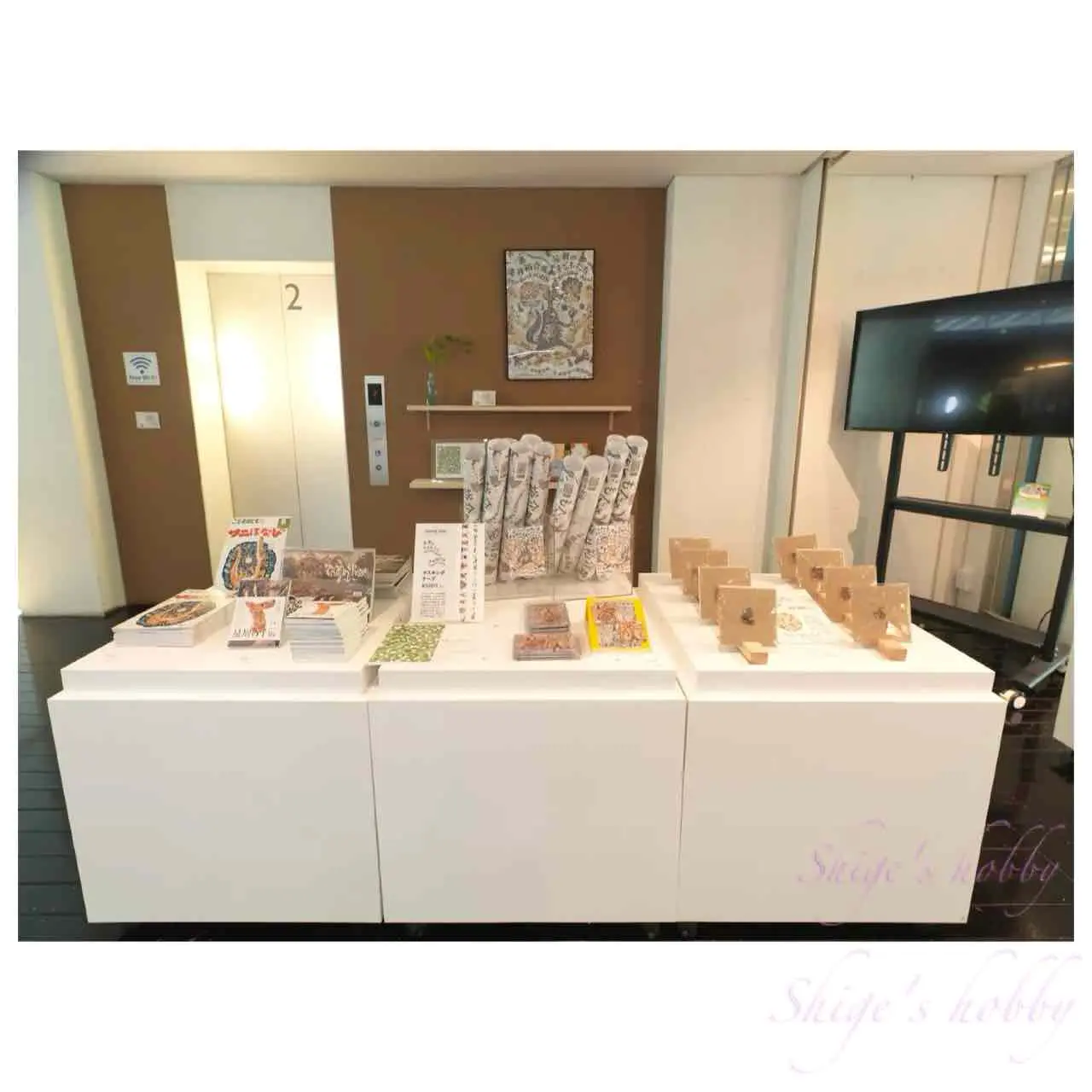
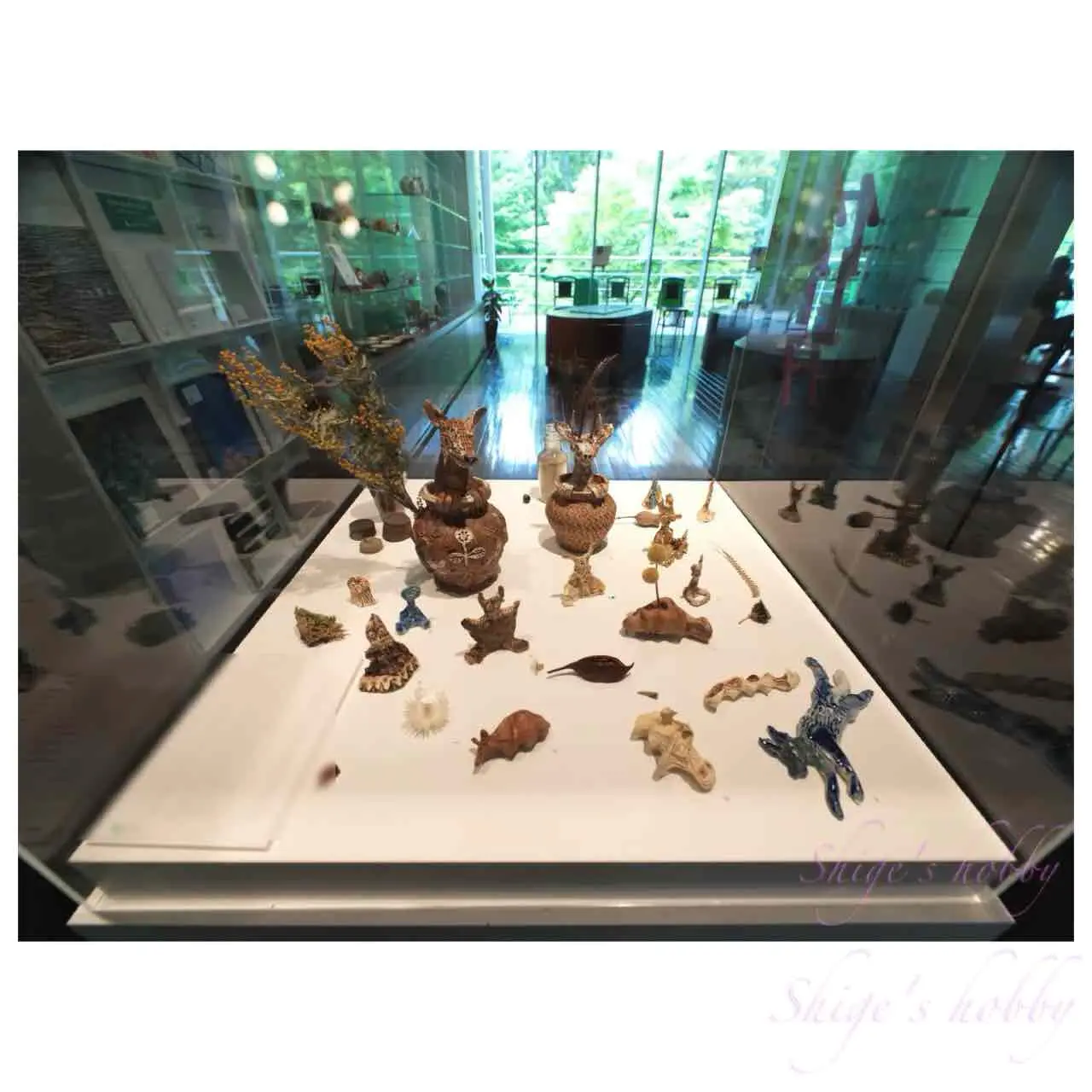
Awara Onsen Station and related exhibits
The nearest station to the Kanazu Sosaku no Mori Museum is Awara Onsen Station, where the Hokuriku Shinkansen stops, and has a magnificent station building. In one corner of the station building, there is an exhibition related to the “Yusuke Asai Exhibition: Children of Stardust.”
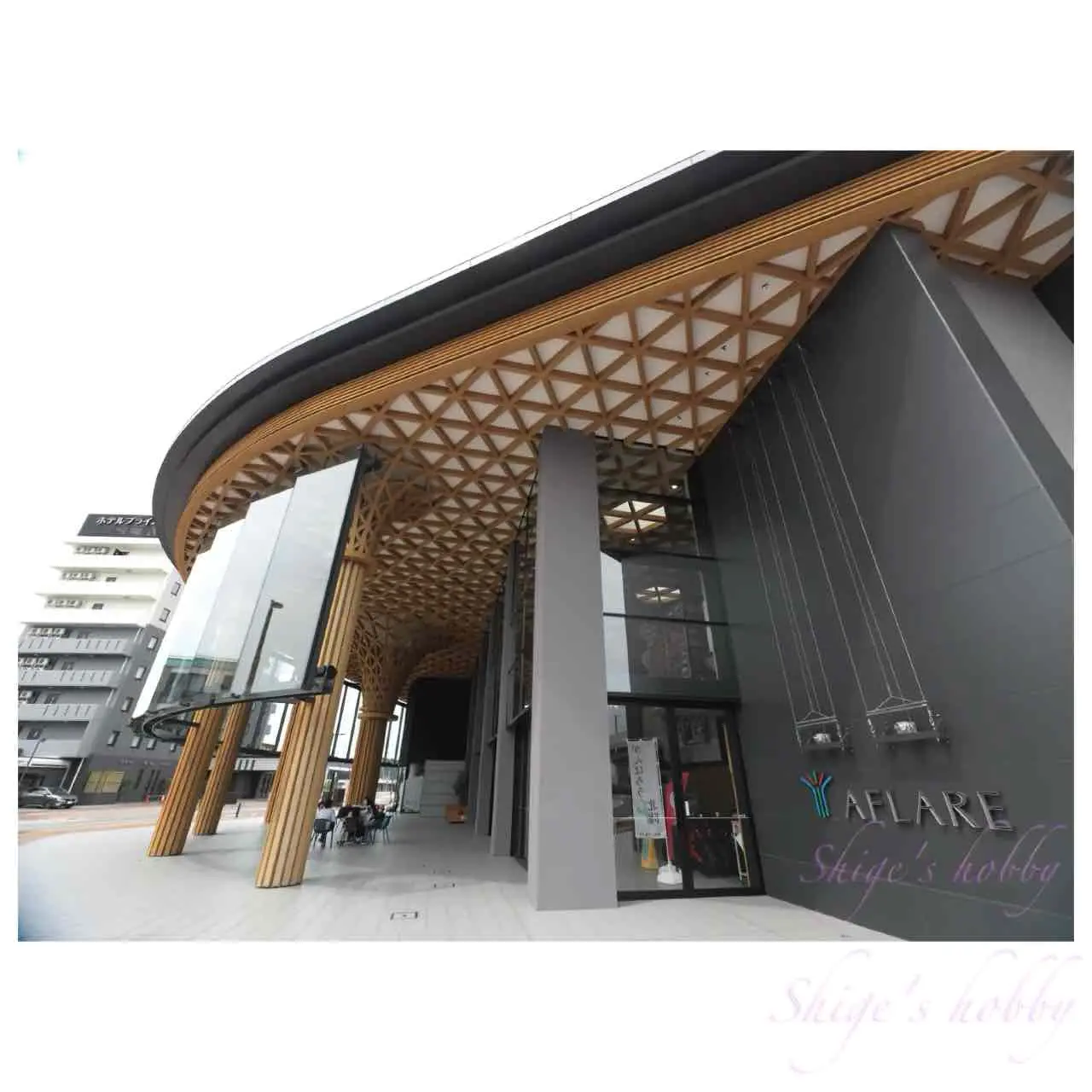
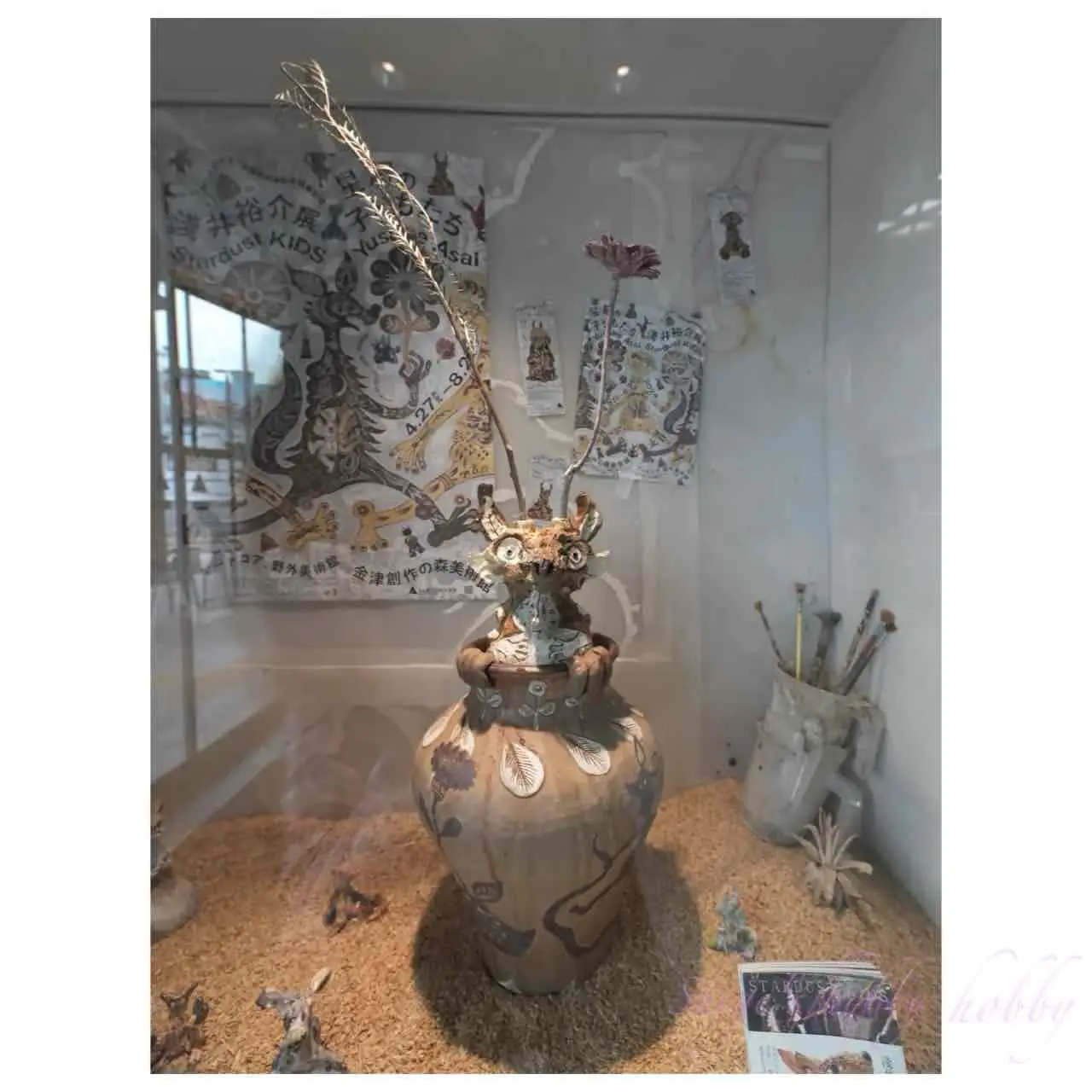
Maruoka Castle Area
When you purchase an admission ticket to Maruoka Castle, you can enter three facilities.
- Maruoka Castle
- Sakai City Maruoka History and Folklore Museum
- Ichibu Keijo: The Museum of Japan’s Shortest Letters
Maruoka Castle is one of 12 remaining castle towers, and the only one in the Hokuriku region, and is currently designated as an Important Cultural Property. Perhaps because the castle tower is small and the construction is simple, it has not been designated as a national treasure. I think it is worth climbing up the castle, which still retains a strong resemblance to its former appearance.
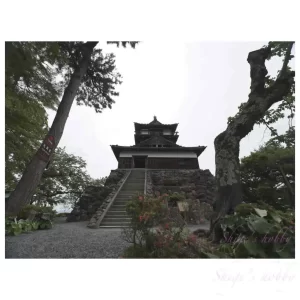
Maruoka History and Folklore Museum is a small building that looks like a converted storehouse, with historical materials from the area scattered here and there, and a rather subdued display with few eye-catching swords or armor.
Japan’s Shortest Letter Museum exhibits the winners of the “Japan’s Shortest Letter Ichibu Keijo Award.”
The name Ichibu Keijo comes from a letter written by Honda Sakuzaemon Shigetsugu, a loyal retainer of Ieyasu Kawakami, to his wife from the battlefield (Ichibu Keijo: Be careful of fire, don’t make Osen cry, fatten the horses). You’re sure to have heard this phrase somewhere.
Fukui Prefectural Museum of Art
On the day of the visit, the following exhibitions were being held:
- “Yokoyama Taikan Exhibition” in celebration of the opening of the Hokuriku Shinkansen Fukui-Tsuruga Line
- April 26th (Fri) – June 2nd (Sun), 2024
- [First period] April 26th (Fri) – May 12th (Sun)
- [Second period] May 16th (Thu) – June 2nd (Sun)
- Fukui Prefectural Museum of Art
Takan’s works from all over the country were gathered here, and you can view a total of 61 pieces and related materials, with some changes in the first and second periods.
The second period’s Important Cultural Property, the 40m long “Seisei Ruten,” is impressive for the 36m case and exhibition space it has been given. Since it was a weekday, there were few visitors, and I was able to view the long paintings at my own pace.
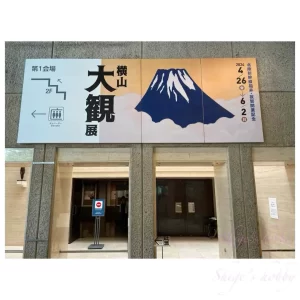
Around Fukui Station
The area in front of the station has been well-maintained, probably due to the Shinkansen station being built. And the area around the station is full of dinosaurs.
Only the stone walls remain of Fukui Castle, and prefectural facilities such as the prefectural office stand there. The Ororo Bridge and Yamazatoguchi Gomon Gate have been restored.
The Echizen Fukui Museum of Art is a small building that appears to have been built in conjunction with the opening of the Shinkansen. We didn’t have time to go inside.
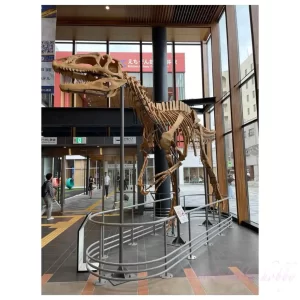
Move
I left home at 6am and took the Kagayaki 503 train, which departed Tokyo Station at 7:20am, to Fukui. It arrived at Fukui Station at 10:10am, so it took 2 hours and 50 minutes, which is the fastest. Even if I didn’t go all the way to Fukui Station, I could connect to the Hakutaka train going from Kanazawa Station to Awara Onsen Station, and the Kanazawa transfer route would get me there a few minutes faster in total. This time, I got on the train to Fukui Station and took the conventional line, the Hapi Line Fukui, from Fukui Station to Awara Onsen Station. You can use a transportation IC card (Suica, Pasmo, etc.) to get on the Hapi Line Fukui.
I rented a compact Yaris from Toyota Rent-a-Car near Awara Onsen Station, which is about 15 minutes from Fukui Station, and drove for about 10 minutes to the Kanazu Sosaku no Mori Museum of Art.
At the entrance to the museum, I was greeted by a sign and banners for the “Yusuke Asai Exhibition: Children of Stardust.”
This time, I did not rent a car from Fukui Station because the area in front of the station seemed cluttered, so I took the train to Awara Onsen Station to reduce the distance I drove and rented a car. The probability of an accident is proportional to the time spent driving, so I think the less time you spend driving, the better.
On the way back, I planned to stop by the Fukui Prefectural Museum of Art, so I went to Maruoka Castle, Fukui Prefectural Museum of Art, Fukui Station, and returned the car at Toyota Rental Car in front of Fukui Station.
As far as Maruoka Castle, Fukui Prefectural Museum of Art, and Fukui Station were concerned, the roads were not that complicated and there were plenty of lanes. Even if there are two lanes, as is often the case on general roads, they may change to right-turn only along the way, so I thought it was necessary to be careful. Perhaps because I was driving on a weekday, there were not many cars on the city and I did not encounter any dangerous situations, but the situation may be different on weekends and holidays.
This time, I rented a car because there were other places I wanted to visit, but if you are only going to the Kanazu Sosaku no Mori Museum of Art, the following methods seem reasonable.
I didn’t know that Awara Onsen Station had an exhibition of works related to Asai Yusuke’s “Children of Stardust,” so I decided to stop by again on my way back from Kanazu Forest of Creation.
From Awara Onsen Station, I headed for Maruoka Castle, about a 20-minute drive.
From Maruoka Castle, I went to the Fukui Prefectural Museum of Art, which was also about a 20-minute drive away.
After returning my car from the Fukui Prefectural Museum of Art to Toyota Rent-a-Car in front of Fukui Station, I took a short walk around the area.
On my way back, I took the Kagayaki No. 14 train, which departed from Fukui Station at 5:31 p.m., and arrived at Tokyo Station at 8:23 p.m.
Related links
- Work No. 38 “Between Tape and Piano” by Sakiko Azuchi and Yusuke Asai
- Work No. 35 “Chupki” by Sakiko Azuchi and Yusuke Asai
- Kanazu Sosaku no Mori Museum
- Maruoka Castle
- Japan’s Shortest Letter Museum
- Fukui Prefectural Museum of Art
- Echizen Fukui Museum of Art
- Eki-net
Note.
- This was done on May 23, 2024, and the information may change due to changes in road conditions and facility convenience, so please check the latest information. Also, when traveling, you can make a plan or just go with the flow, so please make your own judgment as a traveler. I hope this will be of some help to you.
- About Advertisements
- This content contains Google Adsense ads, but please understand that spending through this content helps cover my operating expenses.
- Photo equipment
- HASSELBLAD X2D +HCD 24mm +XH-Converter x0.8
- HEXAR RF LIMITED +MARIX Color Reversal film 100 36枚
- RICOH GR21 +ACROSS II 36枚
- iPhone 12 mini
If you have any questions, please contact us using the form below. We use Google Forms for inquiries.
Affiliate links
- Yusuke Asai・Ads by ebay

Update history
- 2025.8.7
- 2024.5.24

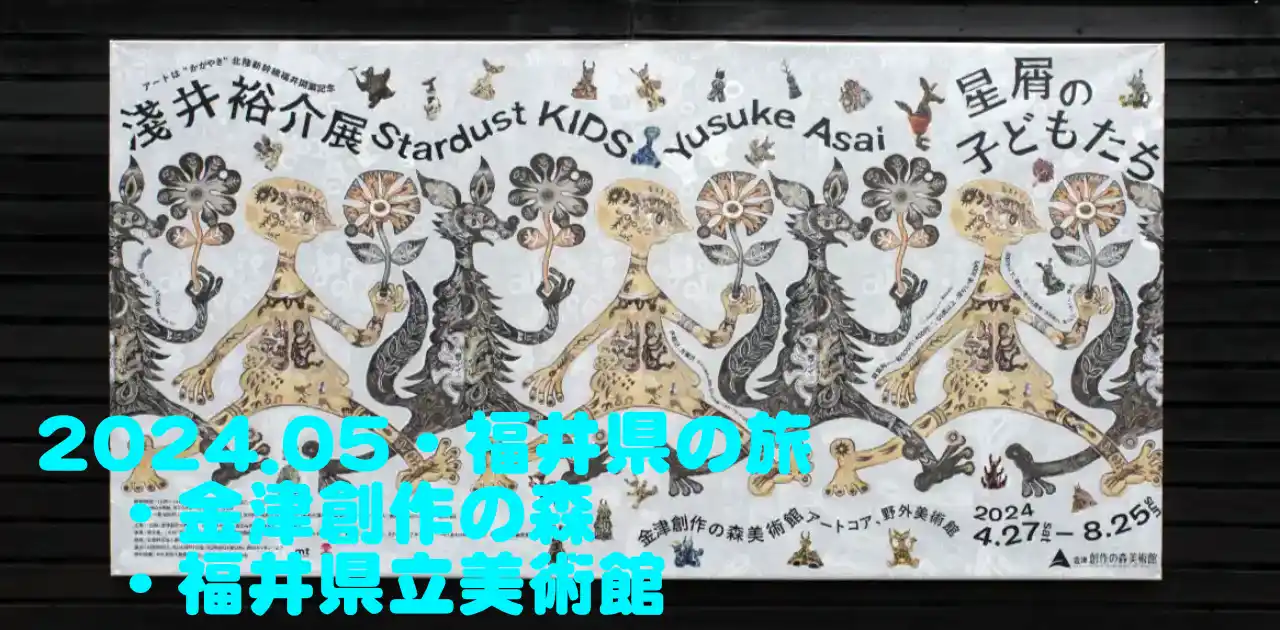
![[商品価格に関しましては、リンクが作成された時点と現時点で情報が変更されている場合がございます。] [商品価格に関しましては、リンクが作成された時点と現時点で情報が変更されている場合がございます。]](https://hbb.afl.rakuten.co.jp/hgb/097bf1c4.db4c24c1.097bf1c5.1612004a/?me_id=1213310&item_id=18270046&pc=https%3A%2F%2Fthumbnail.image.rakuten.co.jp%2F%400_mall%2Fbook%2Fcabinet%2F6041%2F9784763016041.jpg%3F_ex%3D100x100&s=100x100&t=picttext)
Be First to Comment